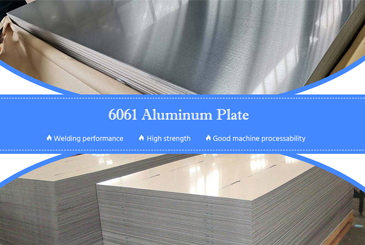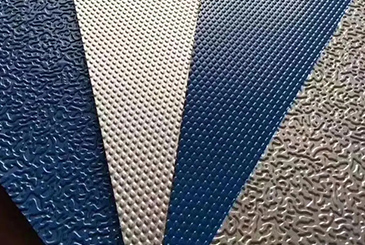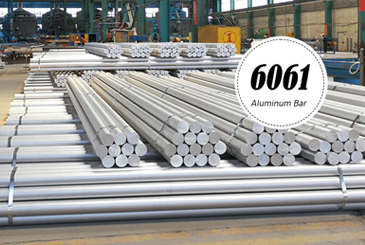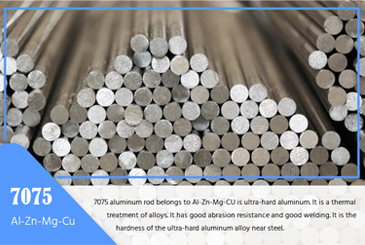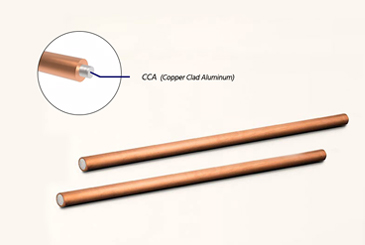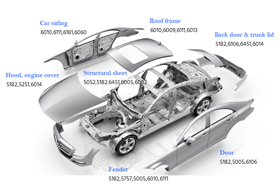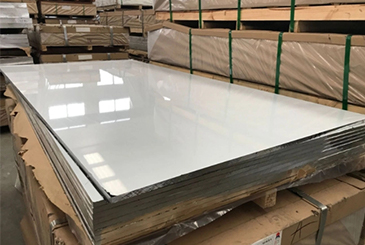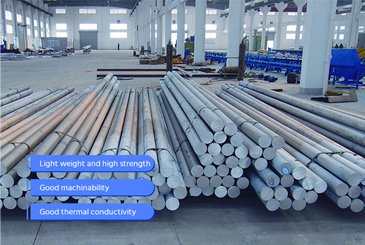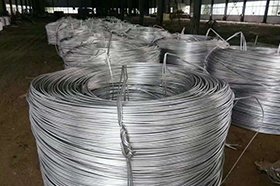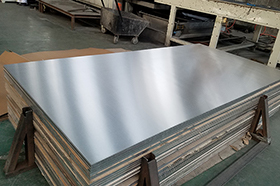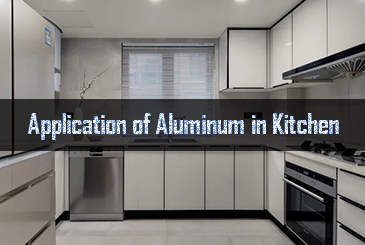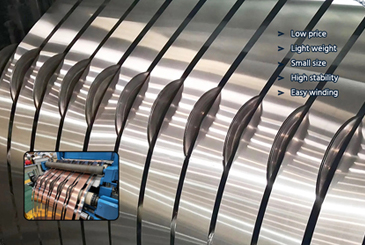6181 aluminum alloy is a material commonly used in automobile body panels. It has the characteristics of light weight, high strength, corrosion resistance, good plasticity and good weldability.
6181 aluminum alloy body panels can improve the fuel economy, safety and handling of the car, and at the same time extend the service life of the car body, and are suitable for the manufacture of various types of car body panels.Welcome to contact
Why choose Chalco Aluminum's 6181 T4P automotive body sheet?
Chalco excels in producing high-quality 6000 series aluminum sheets, including T4, T4P, T6, and T8X, specifically designed for automotive applications. Our advanced acid-alkali cleaning and passivation units ensure that our sheets meet the stringent requirements for auto body panels.
Chalco is certified to the IATF16949 standard by BSI, ensuring our products meet high automotive quality standards for expanding markets.We offer a comprehensive range of products, including automotive inner panels, outer panels, and structural materials, marking a significant advancement in lightweight automotive materials.
Our aluminum sheets are trusted by leading brands such as Tesla, Ford, Shanghai Automotive, Weilai, Beiqi New Energy, and Changan, with certifications for various automotive models.Quick Quote
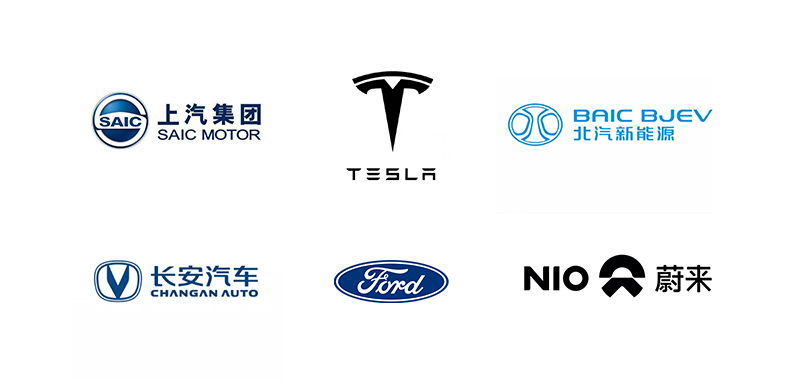
Specs of 6181 T4P automotive body sheet
| Alloy | 6181 |
| Temper | T4P, T6B |
| Surface Treatment | MF (Mill Finish), EDT (Electric Discharge Texturing), Ti/Zr Treatment |
| Oil Treatment | NP (No Protection), P (Protection), DO (Dry Oil), EO (Electrostatic Oil) |
| ABS sheet dimension | Thickness: 0.7-1.5mm |
| Width: 800-2400mm | |
| Length: 800-5500mm | |
| ABS coil dimension | Thickness: 0.70-1.50mm |
| Width: 800-2400mm | |
| Standard | GB/T 33227-2016, JIS H4000, ASTM B209, EN 485 |
Features of 6181 T4P automotive body sheet
6181 aluminum alloy is a material commonly used in automobile body panels, which has the following characteristics:
Lightweight: 6181 aluminum alloy has a low density. Compared with traditional steel, it can reduce the weight of the car and improve fuel economy and handling.
High strength: 6181 aluminum alloy has high strength and rigidity, which can improve the structural strength of the car body and improve safety.
Anti-corrosion: 6181 aluminum alloy has good anti-corrosion performance, which can maintain the durability and aesthetics of the body in harsh environments.
Plasticity: 6181 aluminum alloy has good plasticity and can be easily processed into automobile body panels of various shapes and sizes.
Good weldability: 6181 aluminum alloy has good weldability and can be easily assembled with other materials into automobile body panels
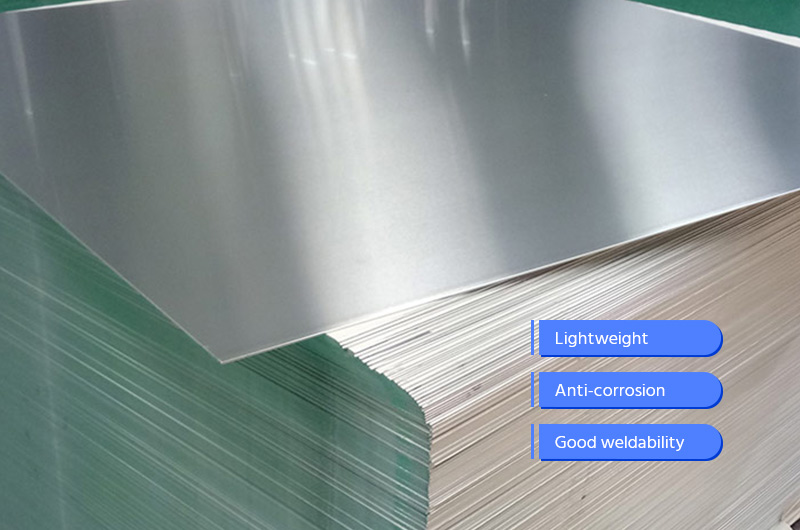
Three Key Factors to Consider When Selecting Automotive Aluminum Sheets
As a leading supplier of automotive aluminum sheets, Chalco understands that making the right choices when selecting aluminum sheets is crucial for vehicle performance and production costs. The quality of automotive aluminum sheets directly impacts the strength, weight, and durability of vehicle bodies. Therefore, our aluminum sheets undergo rigorous standard testing to ensure superior performance in various applications.
Material Temper
The material state of automotive aluminum sheets significantly affects their performance and machinability.
T4/T4P Temper
This condition, achieved through solution heat treatment followed by natural aging, is suitable for complex stamping components such as body panels, doors, and hoods. T4/T4P materials gain strength gradually during natural aging, but their optimal forming performance is time-limited. Typically, these materials should be used within six months; otherwise, hardening can cause cracking during stamping, affecting the quality of the formed parts. Chalco’s T4/T4P aluminum sheets ensure high-quality processing within the optimal forming period, making them ideal for complex parts production.
O Temper
The fully annealed O state is suitable for components requiring deep drawing or significant deformation, such as fuel tanks and radiators. After complete annealing, O state aluminum sheets exhibit excellent ductility and formability, suitable for various complex processes. Chalco’s O state aluminum sheets offer outstanding processing performance and can enhance mechanical properties through subsequent hardening.
T6 Temper
This condition involves solution heat treatment followed by complete artificial aging, providing the highest strength and hardness. It is ideal for high-strength components like chassis and load-bearing structures. Chalco’s T6 aluminum sheets excel in strength and hardness but have poorer formability, making them suitable for structural parts that require high strength. Careful attention to processing stress and welding quality is necessary during use.
Surface Treatment
Surface treatment technology impacts both the appearance and performance of automotive aluminum sheets, especially regarding compatibility with subsequent processing and assembly.
MF (Mill Finish):This basic surface treatment has a roughness between 0.2-0.95, suitable for applications where no special surface finish is required. Chalco’s MF aluminum sheets retain a natural texture and meet standard needs.
EDT (Electric Discharge Texturing): This texturing process uses electric discharge to create uniform micro-indentations on the surface, enhancing paint adhesion and lubrication properties. It is particularly suitable for stamping automotive exterior panels. Chalco’s EDT treatment ensures excellent performance in complex processing scenarios.
Ti/Zr Treatment: Titanium-zirconium treatment forms a thin film on the aluminum sheet surface, enhancing corrosion resistance and improving adhesive bonding. This treatment is suitable for high-adhesion applications. Chalco’s Ti/Zr treatment enhances the reliability of aluminum sheets in harsh environments.
Oil Treatment
Oil treatment forms a protective film on the aluminum sheet surface to improve corrosion resistance and reduce friction during processing.
NP (No Protection): No oil treatment, suitable for scenarios with lower surface protection requirements.
P (Protection): Basic oil treatment provides fundamental surface protection, suitable for routine processing and transportation needs.
DO (Dry Oil): Dry oil treatment reduces oil residue while maintaining protective properties, ideal for precision processing or applications requiring subsequent coating.
EO (Electrostatic Oil): Electrostatic oil treatment evenly applies an oil film through electrostatic action, ensuring uniformity and consistency of the surface coating. It is commonly used for high-quality surface requirements. Chalco’s oil treatments meet high standards for various production and usage scenarios.
Choosing the appropriate treatment can significantly enhance the performance and longevity of automotive aluminum sheets. Chalco is dedicated to providing high-quality aluminum sheets that meet diverse needs, ensuring you make well-informed decisions in your selection process.
Uses of 6181 T4P automotive body sheet
The specific uses of 6181 T4P automobile body panels are as follows:
Doors: the doors made of 6181 T4P aluminum alloy body sheets have high strength and toughness, while being light in weight, which can reduce the weight of the body and improve fuel economy.
Hood: the hood made of 6181 T4P aluminum alloy body panels can improve the performance and fuel economy of the car, and has good corrosion resistance, which can prolong the service life.
Roof: the roof made of 6181 T4P aluminum body panels has light weight, high strength and good corrosion resistance, which can improve the stability and safety of the car.
Car compartment: the compartment made of 6181 T4P auto aluminum body sheets have the characteristics of light weight, high strength and corrosion resistance, which can improve the fuel economy and safety of the car, and also prolong the service life of the car body.
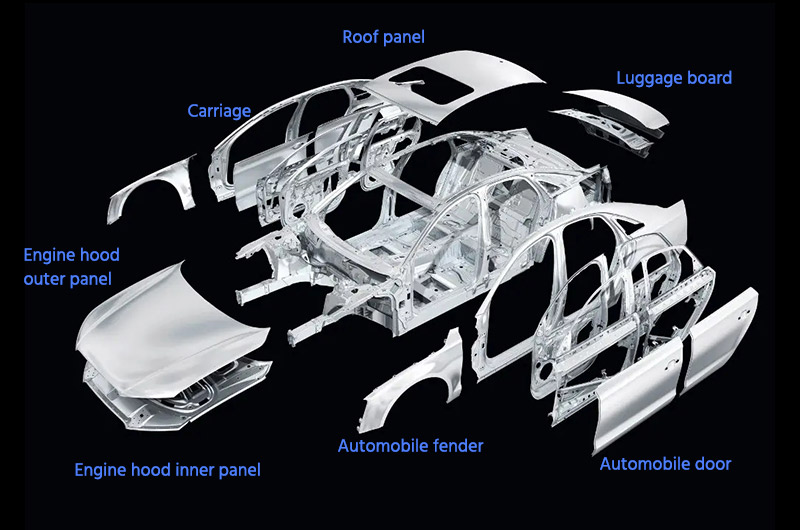
Chalco's other aluminum sheets for Automotive Body Sheet
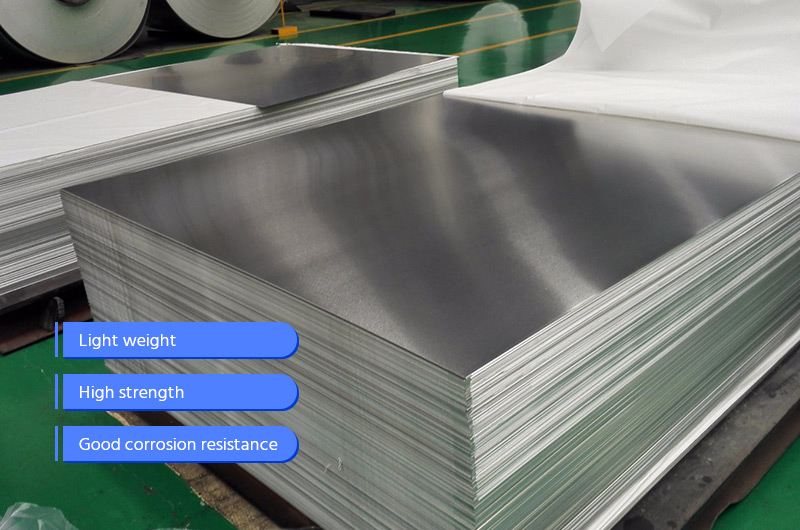
6013 T4/t6 Auto Body Sheet
6013 aluminum sheet for automobile body is an aluminum alloy material…
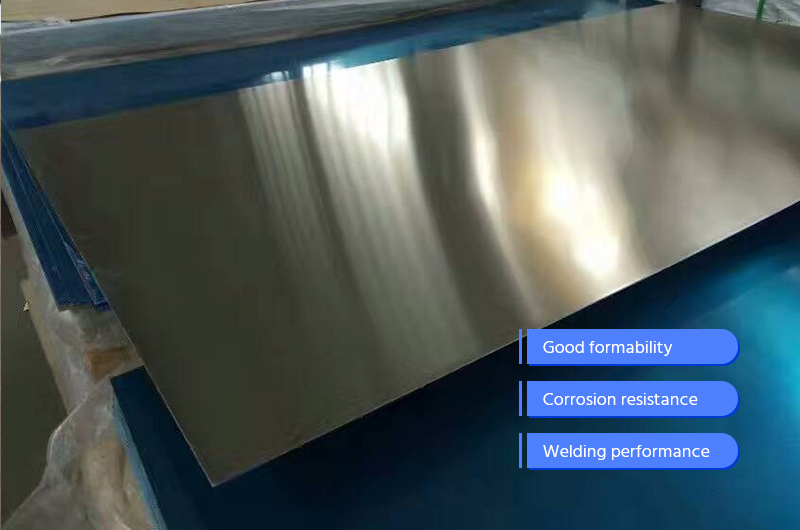
6014 Alu Auto Body Sheet
6014 automotive aluminum sheet has the characteristics…
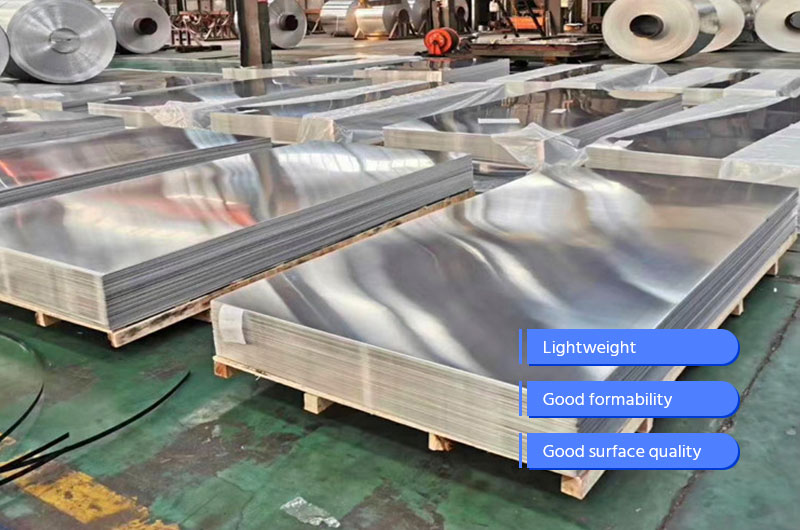
6016 Automotive Body Sheet
6016 automotive body sheet has good mechanical…
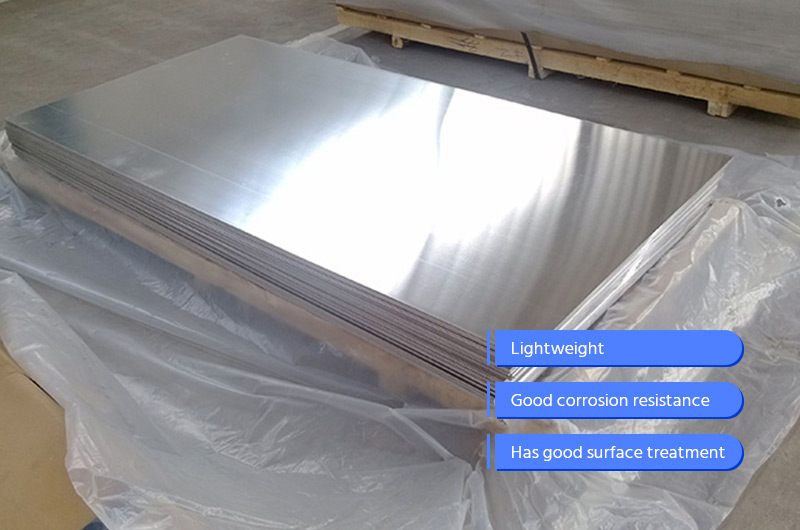
6A16 T4Pa Auto Body Sheet
6A16 aluminum alloy has the advantages of high strength…
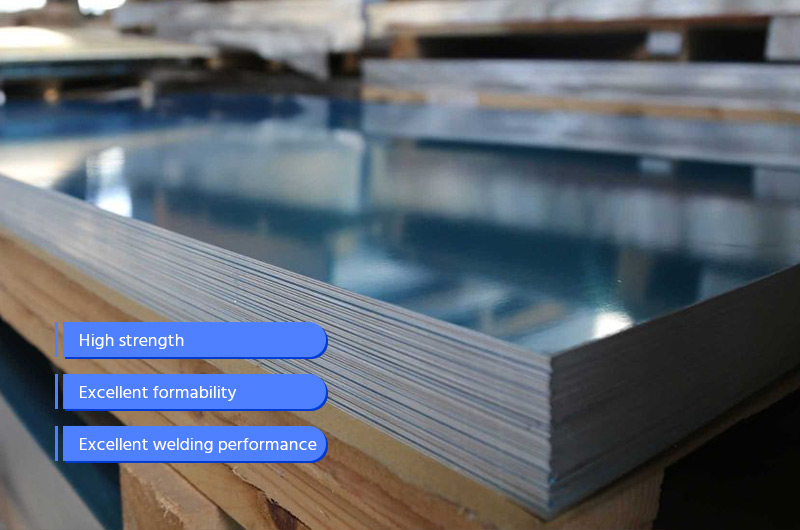
6022 T6Bb Auto Body Sheet
The combination of high strength, good formability…
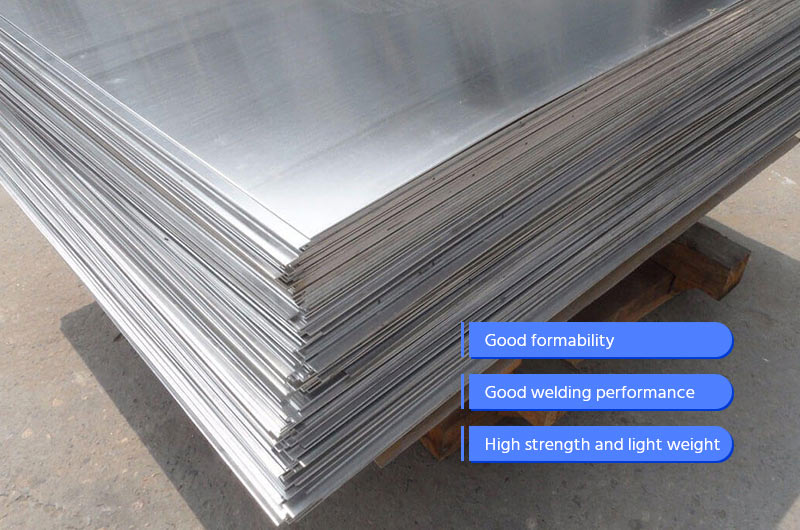
6111 T4/T6 Auto Body Sheet
6111 automobile body aluminum sheet is a commonly used…
What precautions should I take when purchasing 6181 T4P automotive body sheet?
When purchasing 6181 T4P auto body sheets, you need to pay attention to the following points:
Specification requirements: when purchasing, you need to choose the appropriate specifications and thickness according to actual needs to ensure that the aluminum sheet can meet the use requirements.
Quality requirements: choose a supplier with excellent quality to ensure that the quality of the aluminum plate meets the relevant standards and requirements, so as not to affect the use effect.
Processing requirements: if the aluminum sheet needs to be processed, it is necessary to confirm the machinability of the aluminum sheet with the supplier to ensure a smooth processing process.
Packaging and transportation: when purchasing, you need to pay attention to the packaging and transportation methods of the aluminum sheet to ensure that the aluminum plate will not be damaged during transportation.
Price and service: in addition to considering the quality and performance of the aluminum plate, you also need to consider the price and after-sales service, and choose a cost-effective supplier to obtain a better purchase experience and after-sales guarantee.
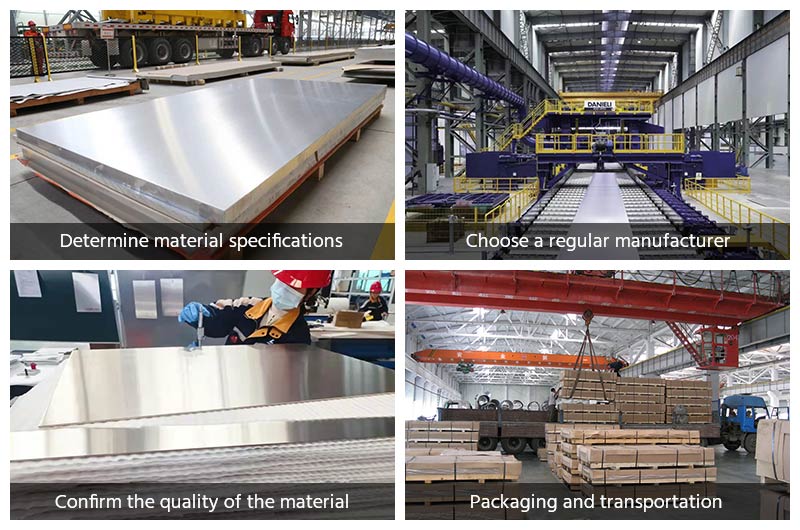
Chemical composition of 6181 aluminum alloy
| Element | Composition % |
| Si | 0.8-1.20 |
| Fe | 0.45 |
| Cu | 0.10 |
| Mn | 0.15 |
| Mg | 0.60-1.00 |
| Cr | 0.10 |
| Ni | - |
| Zn | 0.20 |
| Ti | 0.10 |
| Al | Remainder |
Surface processing method of 6181 T4P automobile aluminum plate
| Surface processing method | Code name | Paraphrase |
| Mill face | MF | The surface of the rolling machined product ground by grinding wheel |
| Textured surface | EDT | Product surface processed by spoke rolling using EDM |
| Surface treatment | Code name | Paraphrase |
| Chemical cleaning | NP | Product surface treated with acid and alkali liquid |
| Passivation | P | The surface of the product buried by the designated pretreatment agent |
| Dry oiling | DO | Product surface coated with specified solid grease |
| Wet oiling | EO | Product surface coated with specified liquid grease |
Surface treatment of 6181 T4P automotive aluminum sheets
| Features | Code name | Paraphrase |
| For standard board | S | For products with no special requirements on surface and performance |
| For high bake hardened panels | IBR | For products with greater strength after baking |
| For high flanged panels | IH | For products requiring better flanging properties |
| For high-strength board | HS | Products for high-strength areas |
| For low strain plates | RSS | 5X X X series products for parts with low strain requirements |
Mechanical properties of 6181 T4P automobile body panels at room temperature
| Alloy | 6181 |
| Code name | HS |
| Temper | T4P |
| Sample temper | T4P |
| Thickness mm | 0.70-1.50 |
| Tension Strength Rm N/mm2 | ≥250 |
| Yield Strength R p0.2 N/mm2 | 115-170 |
| Max Elongation A % | ≥18 |
| Elongation after break A 50 min % | ≥20 |
| Strain hardening exponentn (10%-20%Stain) | ≥0.23 |
| Plastic strain ratior (10%Stain) | ≥0.5 |
Tensile mechanical properties at room temperature after simulated baking
| Alloy | 6181 |
| Code Number | HS |
| Temper | T4P |
| Sample temper | T6B |
| Thickness mm | 0.70-1.50 |
| Specified non-proportional tensile strength R p0.2 N/mm2 | 250-300 |
Other requirements of aluminum car body sheet metal
| Flange performance | The grade of flanging of panels and strips for body panels is grade 1 or grade 2. If other products require flanging performance, it should be indicated in the order (or contract). |
| Paint brush line | The grade of paint brushing line for panels and samples of body panels is grade 1 or grade 2. When other products require the performance of paint wire, it should be indicated in the order (or contract). |
| Anti-dent performance | When the buyer has requirements on the dent resistance performance of the panels and strips used for body panels, the supplier shall provide relevant data on the dent resistance performance. |
| FLD performance | When the purchaser has FLD performance requirements for panels and strips used for body panels, the supplier shall provide relevant data on FLD performance. |
| High speed tensile properties | When the buyer has high-speed drawing performance requirements for the panels and strips used for body panels, the supplier shall provide relevant data on the high-speed drawing performance. |
| Microstructure | The microstructure of plates and strips subjected to solution heat treatment is not allowed to be over-burned. |
| Oil amount | The oiling of the product is most determined through negotiation between the supplier and the buyer, and is indicated in the order form (or contract). |
| Passivation film thickness | The passivation film thickness of the product is determined through negotiation between the supplier and the buyer, and is specified in the order form (or contract). |
| Appearance Quality | Defects such as surface roughness, slight unevenness, scratches, color difference and small prints are allowed on the surface of panels and strips for inner panels of body panels and panels and strips for body structural parts, which do not affect the formability. |
| Defects such as cuts and marks that affect the use are not allowed on the outer surface of the panels and strips used for the outer panels of the body panels, and defects such as slight color difference, such as paint openings and cover-ups, are allowed. |
Thickness deviation of automotive body panels
| Thickness | Thickness tolerances within the following width ranges | ||
| 800.0-1600.0 | >1600.0-1800.0 | >1800-2400.00 | |
| 0.70-1.00 | ±0.03 | ±0.05 | ±0.08 |
| >1.00-1.20 | ±0.04 | ±0.06 | ±0.09 |
| >1.20-1.50 | ±0.05 | ±0.07 | ±0.10 |
Width deviation of panels and strips for body panels
| Thickness | Width tolerances within the following width ranges | ||
| 800.0-1600.0 | >1600.0-1800.0 | >800.0-1 250.0 | |
| 0.70-1.50 | + 0, 3 0 | + 5.0 0 | + 6.0 0 |
Length deviation of panels for auto body panels
| Thickness mm | Length tolerances within the following length ranges | |
| 800.0-2 000.0 | >2 000.0 | |
| 0.70-1.50 | + 3.0 0 | + 5.0 0 |
Diagonal deviation of panels for auto body panels
| Length | The allowable deviation of the two diagonal lengths of the board corresponding to the following width W | |
| 800.0-1 600.0 | >1 600.0-2 400.0 | |
| <3 000.0 | 1.2 × W/300 | 1.0 × W/300 |
| >3 000.0 | 1.0 × W/300 | 0.8 × W/300 |
Unevenness of panels for body panels
| Thickness mm | The unevenness of sheets and strips within the following width ranges shall not be greater than | Termination area, warpage height | ||||
| <500.0 | >500.0- 1 000.0 | >1 000.0- 1 500.0 | >1 500.0- 2 000.0 | >2 000.0 | ||
| 0.30-0.50 | 3 | 4 | 4 | 4 | — | ≤25 |
| >0.50-0.80 | 3 | 4 | 4 | 7 | 8 | |
| >0.80-1.60 | 3 | 4 | 4 | 6 | 8 | |
| >1.60-2.00 | 3 | 4 | 4 | 6 | 8 | |
| >2.00-3.50 | 3 | 4 | 4 | 6 | 8 | |
Chalco can provide you the most comprehensive inventory of aluminum products and can also supply you customized products. Precise quotation will be provided within 24 hours.
Get a quote

